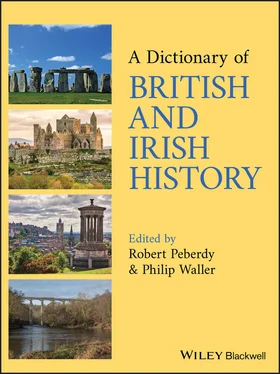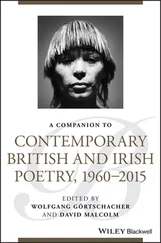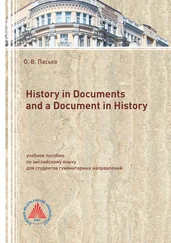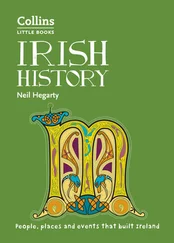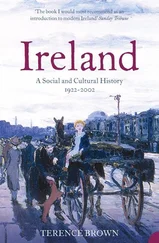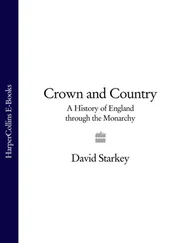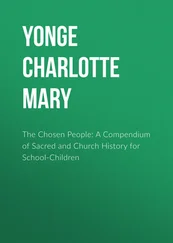In 1947, several companies were absorbed by State‐owned British European Airways (BEA, formed 1946), establishing a State ‘duopoly’ of British‐based passenger air transport. BOAC introduced jet airliners (Comet) in 1952. From 1960, competition was allowed from independent airlines (e.g., British United Airways). BOAC and BEA merged in 1974 as British Airways (privatized 1987). Further liberalization from the 1980s enabled ‘low‐cost’ airlines to flourish from 1995. In 2015, airports handled about 260 million passengers.
AIR TRANSPORT, SOUTHERN IRELANDAfter the first aeroplane flight in Ireland, in 1910 (by Harry Ferguson of BELFAST), recreational flying developed. Military airfields and seaplane bases were opened in 1917–18 (during WORLD WAR I), notably Baldonnel Aerodrome near Dublin which became southern Ireland’s main military airfield (renamed Casement Aerodrome in 1965).The IRISH FREE STATE founded a military Air Service in 1922 (see DEFENCE FORCES, SOUTHERN IRELAND), but eschewed civil aviation until 1935 when it agreed to provide facilities for trans‐Atlantic flights by the W coast. The Foynes flying boat terminal by the Shannon estuary serviced flights 1939–45, and was superseded by Shannon Airport, at which flights from the USA terminated under a 1945 agreement with the USA. Meanwhile, a State airline, Aer Lingus, was started (1936), operating from Baldonnel to Great Britain; Aer Rianta was created as a civil aviation and ownership authority (1937); and Dublin Airport was opened (1940).
Further expansion included flights to Continental Europe (from late 1940s), Aer Lingus services to the USA (1958), and the opening of CORK Airport (1961). Smaller regional airports were created in the later 20th century, including Knock International (Co. Mayo) for visitors to Knock Shrine (1985). The requirement for flights from the USA to use Shannon Airport was modified in 1994 and ended in 2008. New Irish airlines included Ryanair (1985), a ‘low‐cost carrier’ which became one of Ireland’s largest companies, by 2015 operating over 350 aircraft. In 2015, the Republic’s airports handled almost 30 million passengers, with Dublin accounting for 81% of flights.
AIX‐LA‐CHAPELLE, TREATY OFPeace treaty signed on 7 Oct. 1748 at the free imperial city of Aix‐la‐Chapelle (German, Aachen), ending the War of the AUSTRIAN SUCCESSION. It largely restored wartime conquests to their pre‐war rulers. It also renewed the trading contract (Spanish asiento) granted to Great Britain by Spain in 1713, and reconfirmed recognition of the HANOVERIAN SUCCESSION (see UTRECHT, PEACE OF). Britain subsequently surrendered the asiento in return for other concessions (treaty of Madrid, 24 Sept. 1750). See also ROBINSON, THOMAS. ALABAMA AFFAIRA dispute between Great Britain and the USA. In 1862, during the AMERICAN CIVIL WAR, the British government failed to impound a vessel built at Birkenhead (NW England) for use as a cruiser by the breakaway American Confederacy. As the Alabama, it inflicted considerable damage on US Federal shipping. The USA demanded compensation and, after protracted negotiations, Britain agreed in 1872 to pay $15.5 million for damages caused by the Alabama and ten other British‐built ships. ALBANY, 2ND DUKE OFsee STEWART, MURDOCH ALBANY, 3RD DUKE OFsee STEWART, ALEXANDER ALBANY, 4TH DUKEofsee STEWART, JOHN ALBANY, ROBERT DUKE OFsee STEWART, ROBERT ALBERT OF SAXE‐COBURG(b. 26 Aug. 1819 at Schloss Rosenau, Saxe‐Coburg‐Saalfeld, Germany; d. 14 Dec. 1861 at Windsor, Berkshire, England, aged 42). In 1840 Albert, a younger son of Duke Ernst I of Saxe‐Coburg‐Gotha, married his first cousin VICTORIA, queen of Great Britain and Ireland. Intensely serious and obviously foreign, he was never widely popular, but his intelligence gradually won the respect of senior politicians. Under his influence, Victoria became an impartial (though still active) constitutional monarch, and respectable domesticity characterized the royal family. Eager to advance art, science and technology, Albert promoted the GREAT EXHIBITION (1851). He was given the title of ‘prince consort’ in 1857. He died of typhoid. See also KINGSHIP AND MONARCHY, ENGLAND AND GREAT BRITAIN FROM 1680S. ALCHEMYA mixture of pseudo‐scientific and philosophical thought which sought the ‘philosopher’s stone’, a substance that would turn base metals (e.g., lead, copper) into gold or silver. Alchemy flourished in England during the 14th–17th centuries and is recorded in Scotland in the early 16th century. It declined after the SCIENTIFIC REVOLUTION of the 17th century. See also DEE, JOHN; NEWTON, ISAAC. ALCUIN(b. c.740 in Northumbria; d. 19 May 804 at Tours, Francia, aged about 64). Master of the cathedral school at York, Northumbria (NE England), Alcuin was invited by Charlemagne, king of the Franks, to advise on educational and Church matters (781). He lived in Francia from 786 (returned to Northumbria 790–3), and was abbot of St Martin at Tours from 796. He revised the Frankish liturgy, wrote books on many subjects, participated in theological disputes, and corresponded with English kings and clergy (over 300 letters survive). See also EDUCATION AND LEARNING, ENGLAND BEFORE 1066. ALEHOUSES, TAVERNS, INNS
Alehouses were ordinary houses in which people bought and consumed ale (barley‐based alcohol), which was usually brewed on the premises, sometimes by women. In existence by the 11th century, they were widespread in towns and the countryside in the 14th century, their presence indicated by signs. Poorer people could augment their income by running an alehouse. In England in the late 16th and 17th centuries, as probably elsewhere, alehouses became more numerous in relation to the population. Beer replaced ale, sometimes provided by commercial ‘common brewers’. Authorities viewed alehouses as unruly and subversive places, and attempted to control them through LICENSING and other means. They were called ‘public houses’ (or ‘pubs’) from the 18th century, and from the 1820s onwards were often purpose‐built.
Taverns were rooms or buildings for the sale and consumption of wine. As it was more expensive than ale, taverns attracted a better‐off clientele, and occurred mainly in towns. Well established by the 13th century, by the 16th century they also provided meals. Taverns lost their distinctiveness from the 18th century.
Inns provided lodgings for travellers and usually also stabling for horses. Although of earlier origin, they were familiar in towns from the late 14th century, with most small towns having two or three inns and larger towns many more. Some were substantial businesses with numerous rooms, and innkeepers might be important local figures. Inns were used as meeting places, and in the late 17th–early 19th centuries some were social centres for GENTRY. During the same period, inns on main roads facilitated stage‐coaching. Inns were superseded from the 19th century by hotels, which concentrated on provision of accommodation.
ALEXANDER, WILLIAM
(b. c .1567 in Scotland; d. 12 Sept. 1640 at London, England, aged about 73). As tutor to Prince HENRY, eldest son of King JAMES VI of Scotland, Alexander moved to England with James on the UNION OF CROWNS (1603). He was knighted (1609) and, on Henry's death (1612), transferred to the household of Henry's younger brother Charles.
In 1621 Alexander was granted NOVA SCOTIA, where he attempted, unsuccessfully, to establish a Scottish colony. From 1626 until his death, he was CHARLES I's SECRETARY OF STATE for Scotland (based in England); he remained a staunch royalist. He was created Viscount (1630) and earl of Stirling (1633).
ALEXANDER I
Читать дальше
